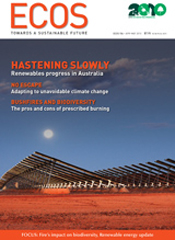
|
Published:
Supporting rainforest biodiversity in a changing climate
Climate change threatens the biodiversity of Australia’s Wet Tropics rainforests. But dedicated scientists are investigating practical ways to help biodiversity now, and increase their resilience in the future, using climate refugia.
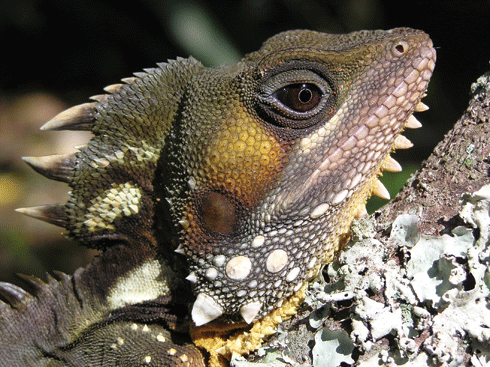
|
|
Boyd’s forest dragon (Hypsilurus boydii) is endemic to the Wet Tropics region. Credit: Greg Calvert
|
The Wet Tropics rainforests are considered an Australian conservation success story. In 1988, around 50 per cent of the Wet Tropics Bioregion was declared a World Heritage Area (WHA), a decision based largely on the region’s outstanding biodiversity assets; the region contains a high proportion of Australia’s vertebrate biodiversity and more than 80 regionally endemic species.
However, land outside the WHA is still largely unprotected and forest clearance prior to WHA listing resulted in a highly fragmented landscape in some areas.
Scientists also expect climate change to impact biodiversity in the Wet Tropics. Longer dry seasons are forecast, with higher temperatures which will lift the cloud base to higher altitudes and increase evaporation. Many endemic species are restricted to high elevation rainforest with a cool, wet climate, making them highly vulnerable to climate change.
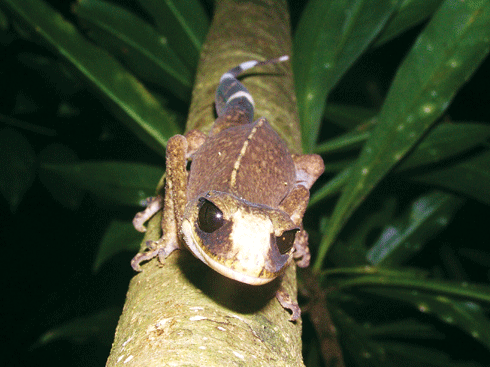
|
|
The chameleon gecko (Carphodactylus laevis) is found in the highland rainforests of north-eastern Queensland from Mt Finnigan south to Kirrima. Credit: Greg Calvert
|
But hope could be at hand in the form of climate refugia – habitats that can shelter animals and plants from hostile climates. Dr Luke Shoo, from the Centre for Tropical Biodiversity and Climate Change at James Cook University, Townsville, believes that protecting and increasing climate refugia is one of the most practical, cost-effective strategies to help tropical biodiversity survive climate change.
‘Climate refugia are areas in the landscape that are buffered from extreme weather by features such as dense canopy, elevation, coastal influences and shading,’ Dr Shoo explains.
His research shows that the core habitat of 45 per cent of endemic species occurs in just 25 per cent of the coolest rainforest, meaning cool refugia are already critical to biodiversity in the Wet Tropics.
Dr Shoo, along with collaborators from the Wet Tropics Management Authority, aims to initiate projects to increase refugia across the Wet Tropics, starting with linking fragmented rainforest patches within the protected area network.
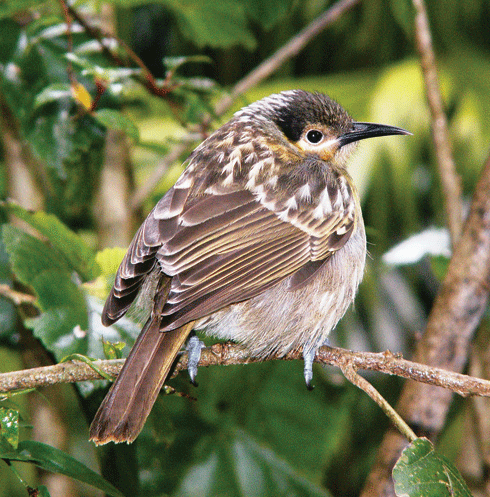
|
|
McLeay’s honeyeater (Xanthotis macleayana) is endemic to the Wet Tropics region. Credit: Jo Isaac
|
‘The idea is to reduce fragmentation and increase the extent of forest refugia to help species persist under warmer climates.’ Barriers between existing remnants include roads and degraded land, but Dr Shoo says, ‘Previous work used underpasses and targeted forest restoration and we plan to add to that.’
He hopes that planting for carbon sequestration will become a good option for restoring forest over large areas outside of the WHA. ‘For private lands, planting for carbon sequestration could be a win-win situation, granting income to landowners and benefiting biodiversity at the same time.’
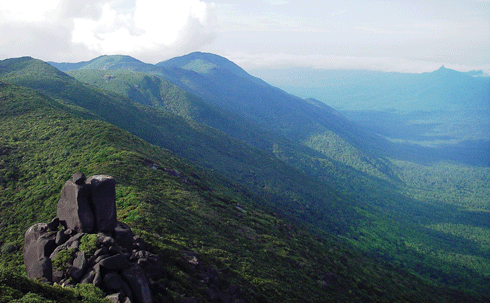
|
|
Thornton’s Peak, Daintree National Park World Heritage Area, Queensland. Credit: Steve Williams
|
Interestingly, Dr Shoo thinks that important components of forest refugia can be restored within only 10–20 years. ‘We are talking about the amount of time to achieve features such as canopy closure and development of a litter layer,’ he explains. ‘Any coverage, no matter how small, could help if targeted toward priority areas.’
Dr Carla Catterall, from Griffith University, has been investigating the success of rainforest replanting schemes (see Ecos 151, p. 33) and is more cautious. ‘Our research shows a lot of variation between reforested sites in their success at providing habitat for biodiversity.’ But she adds, ‘Although they cost more, closely spaced rainforest plantings, managed to encourage dense and complex vegetation, can perform very well for both carbon and biodiversity.’
Another initiative the researchers hope to employ to encourage protection of land outside the WHA is Nature Refuge Agreements – voluntary agreements between landholders and government to protect existing habitat of high conservation value.
Climate refugia schemes will have broad benefits for Wet Tropics biodiversity as a whole, and Dr Shoo’s findings are already being incorporated into planning decisions for the region. As he notes, ‘These measures are not species-specific. This is all about reducing extinction risk and maximising population sizes.’
More information:
Shoo, LP, Storlie, C, VanDerWal, J, Little, J, Williams, SE
In press. Targeted protection and restoration to conserve tropical biodiversity in a warming world.
Global Change Biology.


